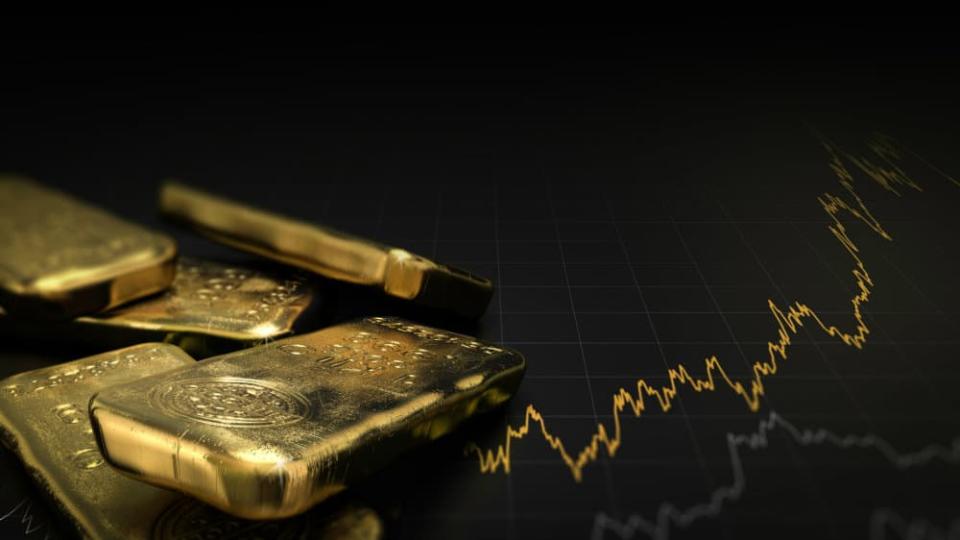Get Ready for a Global Recession in 2020

Poor data out of the U.S., which indicates that manufacturing activity was at its lowest level since the Great Recession a decade ago, triggered another sharp sell-off across markets as fears of a global recession were magnified.
While it is difficult to predict when a recession will occur, there is every indication that one is looming. Trade issues between China and the U.S., coupled with weak growth in the Eurozone, the contraction of China’s manufacturing sector and softer exports for almost all major developed nations, indicates that the global economy is fast approaching an inflection point.
When is a recession due?
The most prominent indicator of an emerging recession is that there has been a worldwide slow down in manufacturing activity in all major industrial nations, including the U.S., Germany, China, South Korea, and Japan. That is a worrying development for global economic growth. According to the OECD, the world economy is growing at its slowest rate since the Great Recession, further adding to worries that a recession is due.
There are also rising concerns that the long period of historically low interest rates (negative in some countries), and the abuse of quantitative easing by central banks across the world has left a lack of viable policy tools to stimulate growth. That will only exacerbate the impact of a recession when it finally hits.
The emerging view among many economists is that it could occur as early as 2020, making now the time for investors to weather-proof their portfolios.
Boost exposure to gold
One of the best safe-haven assets is gold, although the yellow metal hasn’t rallied as strongly as expected on the back of the latest disappointing economic data. It is still hovering around the US$1,500 per ounce mark.
During the Great Recession and the immediate period after, gold soared in value to an all-time high of US$1,917 per ounce as investors grew increasingly fearful of a long-term economic meltdown. There is every indication that it could climb to as high as US$1,600 an ounce before the end of 2019 if the current economic ructions gain greater momentum.
Gold’s latest pullback has provided an opportunity for investors to bolster their exposure to the safe-haven asset by acquiring quality precious metals miners like Kirkland Lake Gold (TSX:KL)(NYSE:KL). Unlike physical bullion, the miner rewards investors with a regularly growing dividend, which is currently yielding 0.35%.
Kirkland Lake has seen its value soar by 72% since the start of 2019 and it appears poised for another rally as it focuses on improving its operations. The secret to the miner’s success has been its ability to rapidly expand its gold reserves and production. Between 2016 and 2019, production grew at a compound annual growth rate (CAGR) of 33% and for 2019 it is expected to be 950,000 to 1 million gold ounces. That is a notable performance and bodes well for further significant earnings growth when gold is trading at around US$1,500 per ounce or even higher.
As a result, Kirkland Lake is targeting a record second-half financial performance that will be primarily driven by the significant expansion of its gold output.
Impressively, Kirkland Lake’s operating costs have been falling at a solid clip. Between 2016 and 2019, it is anticipated that operating cash costs per ounce produced will have fallen by around 47%, to between US$285 and US$305 per ounce, and all-in sustaining costs by 40%, to between US$520 and US$560 per ounce. That also bodes well for greater profitability and earnings in the current favourable operating environment.
Foolish takeaway
It is easy to see Kirkland Lake’s stock continuing to rally, especially once gold climbs higher because of growing fears of a global recession. That makes now the time to buy what is one of the best-in-class gold miners.
More reading
Did Aurora Cannabis (TSX:ACB) Just Kill Green Organic Dutchman (TSX:TGOD)?
Want to Retire Early? 3 Reasons Why I'd Stop Saving and Start Buying Dividend Stocks
Fool contributor Matt Smith has no position in any of the stocks mentioned.
The Motley Fool’s purpose is to help the world invest, better. Click here now for your free subscription to Take Stock, The Motley Fool Canada’s free investing newsletter. Packed with stock ideas and investing advice, it is essential reading for anyone looking to build and grow their wealth in the years ahead. Motley Fool Canada 2019

 Yahoo Finance
Yahoo Finance 